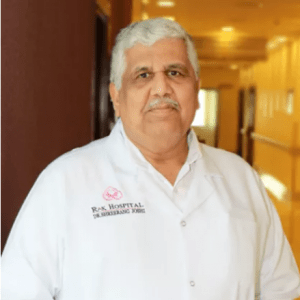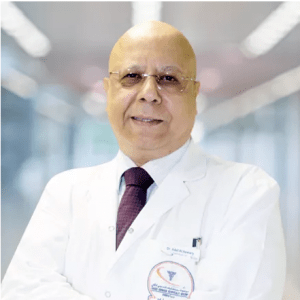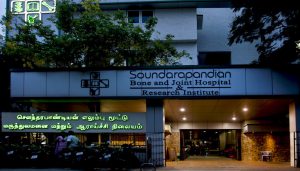Bilateral Arthroplasty
What is Arthroplasty? By replacing a portion or the complete joint with artificial components, arthroplasty is a surgical treatment that aims to restore joint function. Arthroplasty can also be referred to as joint replacement. It may involve only the changing of the surface of the joint by replacing it with a cap on the damaged… Read More
Top Doctors For Bilateral Arthroplasty Treatments
Top Hospitals For Bilateral Arthroplasty Treatments
Bilateral Arthroplasty
What is Arthroplasty?
By replacing a portion or the complete joint with artificial components, arthroplasty is a surgical treatment that aims to restore joint function. Arthroplasty can also be referred to as joint replacement. It may involve only the changing of the surface of the joint by replacing it with a cap on the damaged surfaces of the bones making up the joint, or it may involve the total replacement of the entire joint.
Bilateral arthroplasty involves the restoration of joint function on the same joint on different limbs instead of just one limb. Hip and knee arthroplasties are two of the most performed replacements, but they are not the only joints that healthcare professionals can perform arthroplasties. The surgical procedure can also be performed on any joint in the body like the elbow joint, the shoulder joint, and the ankle joint.
Furthermore, the majority of the candidates for arthroplasty need a total joint replacement, while a smaller number of patients are excellent candidates for partial joint replacement. The recovery time for the procedure is dependent on factors like the age of the patient, the type of procedure done, and the location of the joint being replaced.
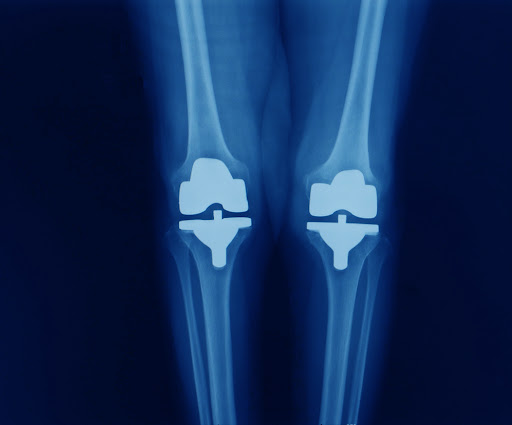
Who are the candidates for bilateral arthroplasty?
Arthroplasty may be recommended for a patient in the following circumstances;
- Swelling in the joint that does not improve with medication, lifestyle changes, or physical therapy
- Stiffness in the joint and limited mobility makes everyday activity very difficult or impossible
- Pain in the joint that does not get better with physical therapy, medication, injections, rest, or walking assistance devices.
What are the conditions that may cause a need for bilateral arthroplasty?
Some of the conditions which may require an arthroplasty include:
- Arthritis especially osteoarthritis
- Rheumatoid arthritis
- Avascular necrosis
- Joint abnormalities
What are the risks of bilateral arthroplasty?
Arthroplasty carries similar risks as with the majority of other surgeries; this includes the risks of clots and infection. Candidates who are most at risk of the complications of the surgery are the ones with underlying medical conditions like diabetes that have not been managed well, compromised immunity, and cardiac problems. Surgeons, in a bid to prevent these complications, may prescribe antibiotics and blood thinners. Also, nerve damage may occur if the nerves surrounding the replaced joint are damaged during the surgery, but this outcome is usually quite rare.
Another risk that is associated with bilateral arthroplasty is the malfunction of the new joint, causing the joint to be weak and stiff. This outcome usually occurs when the patient doesn’t participate in active rehabilitation or follow the instructions of their surgeon. There may be some other risks of the procedure, but they would depend on the underlying medical condition and the overall health of the particular patient. That is why the consultation process is crucial as it enables the surgeon to be aware of all the conditions of the patient and plan accordingly.
How does a patient prepare for bilateral arthroplasty?
As the surgery is a major surgery, it is essential to plan well as the recovery may take up to 4 weeks or more. There is also a lot of pain during the recovery, so it is always good to be prepared for the outcome. Some of the tips for good preparation are:
- Make out the time for surgery and recovery – It is necessary to plan for the time that it will take for the recovery. Plan on taking time off from work, who will transport the patient after the surgery and during the recovery, and help with other responsibilities like taking care of any children or pets
- Schedule the physical therapy before the procedure – This is an integral part of rehabilitation. It is important to book the location for the therapy and ensure it is not too far from the house.
- Order for devices that assist walking – The medical equipment specified for the recovery should be made available early enough so it will be available on the patient’s return from surgery. This can include a cane, a walker, a special chair, and grab bars
- Rearrange the home – It is important to make the home to be accessible, especially in an incapacitated state with limited movement. This is especially important in the first weeks of recovery.
What is the procedure of the surgery?
It requires admission into the hospital where they will stay for some time after the surgery. The procedure is done under general anesthesia or sometimes under local anesthesia. This depends on the surgeon’s specific preferences and the extent of the surgery. The surgery site is prepared for the surgery; it can take up to 4 hours to complete the surgery. An incision is made on the site, the damaged joint is exposed, and the prosthesis is then implanted.
In a total knee arthroplasty, for example, the prosthesis is made up of three components, the tibial component, the femur part, and the patella part. If the procedure is minimally invasive, it will mean a smaller incision and that translates to less damage to the muscles and the tendons. Once the repair is done, the incision is then closed with stitches or surgical staples, and a bandage is applied to the surgical wound. The process is also repeated on the opposite joint.
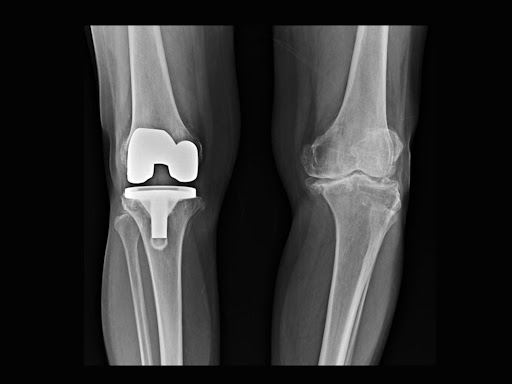
What is the recovery process?
The patient remains in the recovery room after the surgery for observation for several hours. After the patient wakes up from the anesthesia, they are taken to a hospital room where they spend several days. The already scheduled physical therapist will meet the patient to discuss the exercise rehabilitation plan. The patient is managed with pain medication, and the rehabilitation is started in the hospital after discharge.
Then the patient is either discharged to their home or to a rehabilitation center, where they will continue physical therapy to regain their strength and motion range. The medical team will inform the patient about the proper care of the surgical site; the stitches are removed during a follow-up visit to the hospital. The patient needs to be aware of the signs of complications and be prepared to contact their doctor. Some of these signs include:
- Redness or swelling of the site
- Bleeding or drainage of the surgical site
- Increased pain
- Numbness or tingling in the affected joint
- Fever
Depending on the type of arthroplasty done, recovery may take up to four months. The patient usually has a walking aid like crutches, canes, or a walker for the first few days after the surgery. In the next weeks, the patient undergoes physical therapy that is aimed at them resuming full use of the joint.

































































